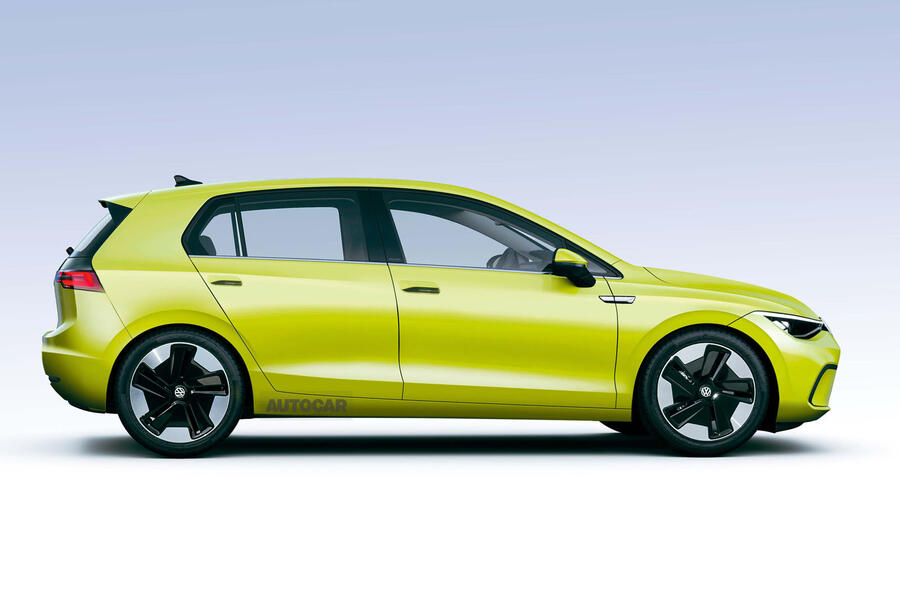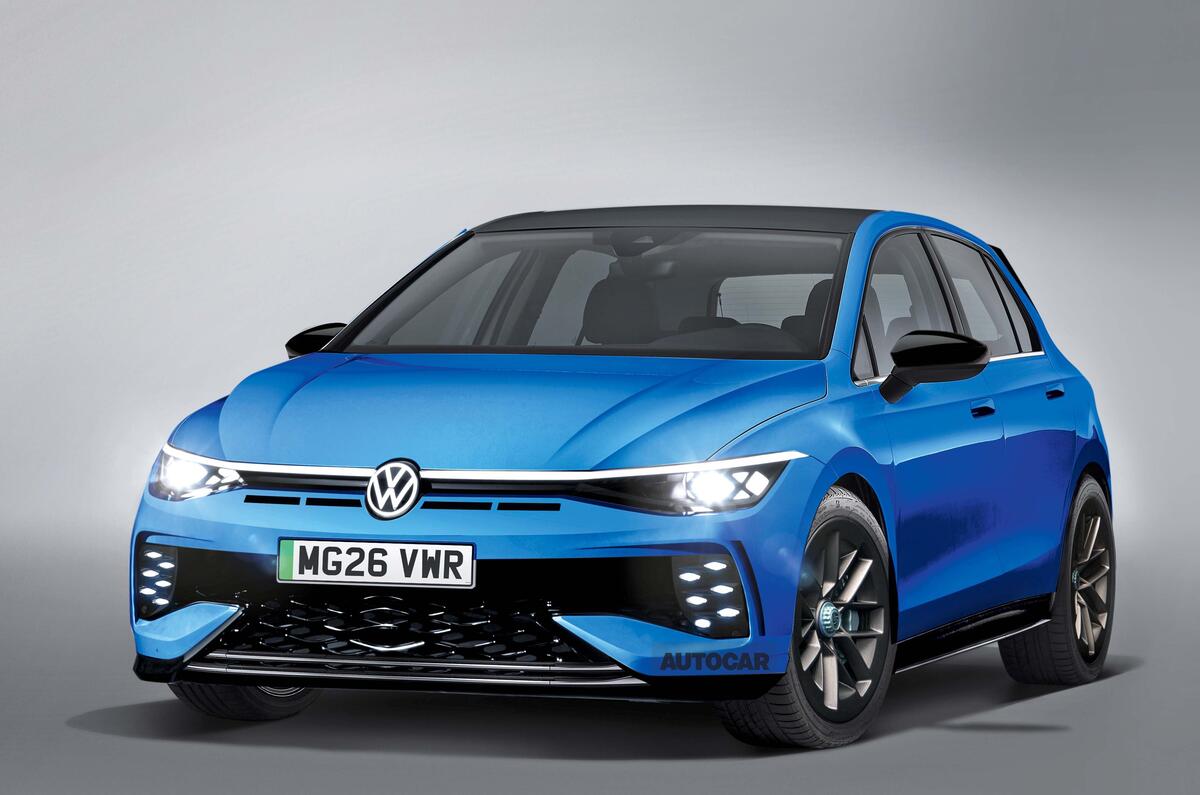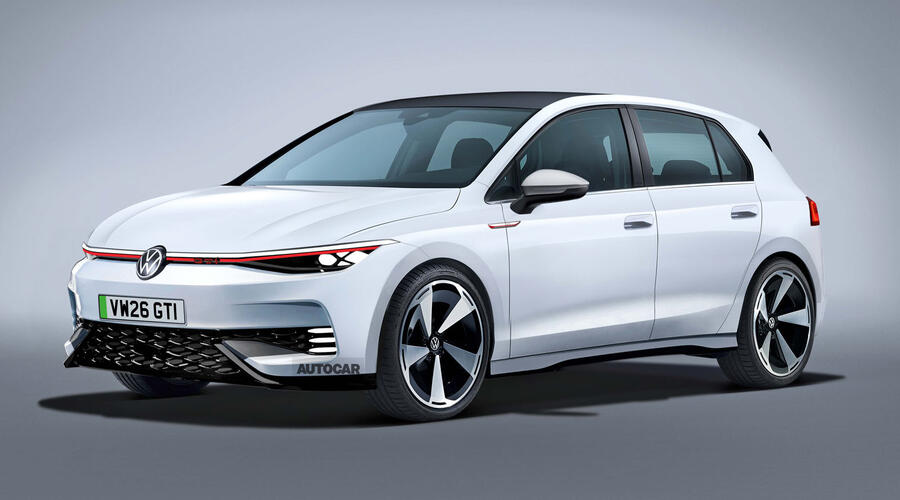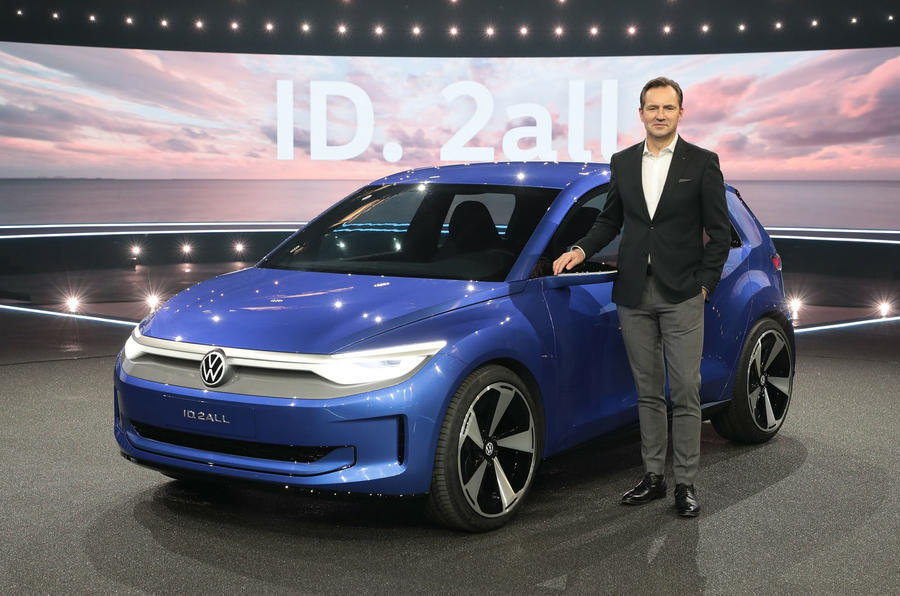The ninth-generation Volkswagen Golf will be electric-only and be the first VW produced on the new SSP architecture when it launches in 2028.
It's shaping up to be the most radically reinvented iteration of the ever-popular family hatchback yet, which will also usher in a raft of new technology as part of an all-encompassing transformation plan for the VW brand.
Its arrival will follow an extensive mid-life overhaul to the current Mk8 Golf to sustain its popularity for another three to four years and meet the stricter Euro 7 emissions regulations that are provisionally set for July 2025.
This, Volkswagen boss Thomas Schäfer confirmed, will see the model through to its all-electric next generation, in which it will sit between the upcoming ID 2 and the VW ID 3.
New VW Golf will sit on SSP Platform
When it does arrive, the Mk9 Golf will ride on the new SSP platform, which promises a step-change in terms of performance and utility over the current MEB architecture.
This means the electric Golf could be one of the most technologically advanced family hatchbacks on the market when it lands.
“The SSP architecture will balance the need for scale and standardisation with differentiation and speed,” Volkswagen Group CEO Oliver Blume said recently, touting a suite of technological advances that will mark out VW’s second-wave EVs from its first.
Chief among these upgrades will be the integration of 800V electrical architecture, which will allow for charging speeds far and above the 175kW maximum rate of the VW Group’s current EVs.
Cars based on SSP will be able to top up from 10-80% capacity in as little as 12 minutes, Volkswagen has said, compared with the 35 minutes of the latest MEB cars and quicker even than today’s fastest-charging road cars.
The platform and its associated ‘2.0’ software stack are also being designed to accommodate level-four autonomous driving functionality – which means any Golf model using these systems could allow for hands-off driving, where and when local laws permit.

This new platform was originally due for volume production in 2026 but has been beset by well-publicised development delays (which have forced sibling brand Audi to use a platform from SAIC for its next-generation Chinese-market EVs).
But of perhaps most importance, considering the Golf’s long-held position as one of the world’s best-selling cars, is that Volkswagen is prioritising affordability for its next generation of EVs. As a result, the ninth Golf is expected to be more comparable in price with its predecessor than the ID 3.










Join the debate
Add your comment
2028 is five years away. Or maybe four if one assumes a car maker will announce their 2028 range in the latter part of 2027. Elsewhere in this rag, I see VW has cut car development time to three years (36 months). Conclusion, the 2028 car hasn't been started yet, so this is 100% speculation.
Obviously the big western manufacturers still have a lot to learn, and big strides will be made with the technology once they learn from the mistakes of the first generation of cars.
I’ll keep my ICE car, look after it, and hope it lasts.
Fingers crossed the charging network gets the much needed improvements too. So pleased I wasn’t an early adopter/Guinea pig.